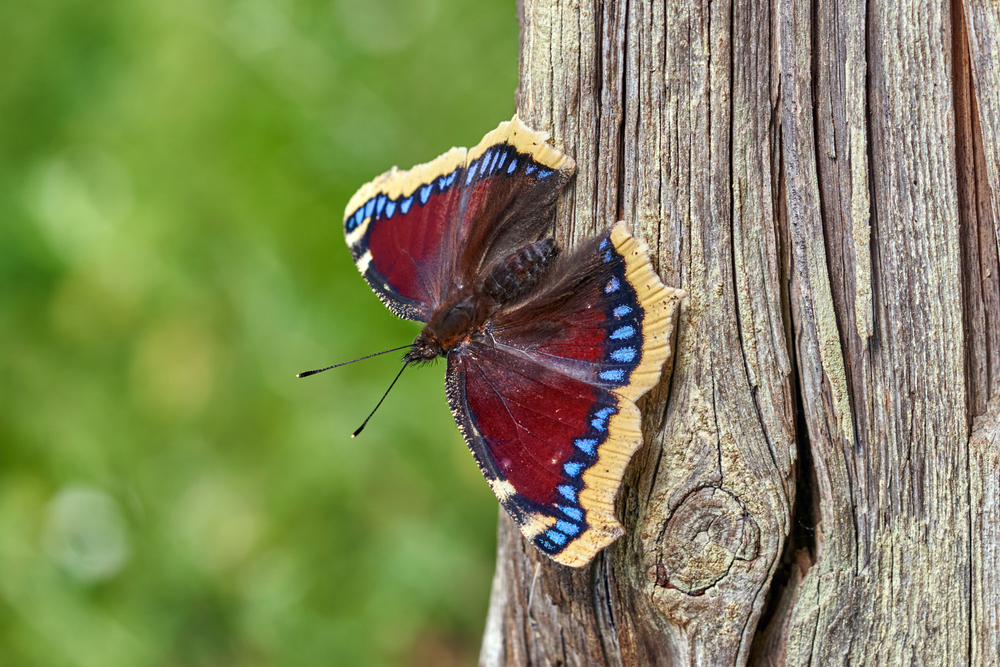A recent, comprehensive study in the prestigious journal Science is titled “Rapid butterfly declines across the United States during the 21st century.” Between 2000 and 2020, total butterfly numbers fell by 22% across 554 recorded species. Sharp declines throughout all regions of the United States highlight “an urgent need to protect butterflies from further losses.”
For example, the Western Monarch (which overwinters in coastal California) has been steadily declining for decades. However, the sharpest and most alarming drops have happened in the past decade, especially after 2018. In 2024, only about 9,100 butterflies were counted — down 96% from 2023 and one of the lowest counts since monitoring began.

The Western Monarch (Danaus plexippus), one of many U.S. butterfly species in steep decline.
“I think that [these] widespread declines are really concerning and probably indicative that other things besides butterflies are also declining,” said Elise Zipkin, director of the Ecology, Evolution and Behavior program at Michigan State University. Indeed they are. Birds, insects, and biodiversity as a whole are in rapid decline in the U.S. and worldwide.
Wayne Thogmartin, a research ecologist with the U.S. Geological Survey who collaborated in the study, said that the decline of butterflies and other pollinators could lead to human health risks down the line. “I think that this is just a symptom of a larger concern about how we’re failing to take care of the natural world around us,” said Thogmartin. “It’s gonna come back to bite us.”
The primary causes of this massive decrease in butterfly numbers are habitat loss and poisoning by pesticides. Both have been driven by recent population increases.

Mourning Cloak butterfly (Nymphalis antiopa). Here today, gone tomorrow?
With America’s rapid population growth — 90 million since 1990 — butterfly habitat has been cleared for housing, lawns, roads and farmland. This trend has been thoroughly documented in recent sprawl studies from NumbersUSA (e.g., nationwide and in North Carolina, Arizona and the Greater Yellowstone Region). Meanwhile, an ever-growing demand for food leads to overuse of pesticides.
With human demands on nature continuing to increase, the future looks grim for America’s butterflies, and for our nation’s biodiversity in general. According to the Census Bureau, the U.S. population is on track to soar to 385 million by 2060, with immigration accounting for almost 90% of that growth. Increased human numbers will drive more and more species off the landscape and toward extinction.
The United States is still home to a rich heritage of biodiversity, including a stunning array of unique and beautiful butterflies. If we hope to bequeath this legacy to our children and grandchildren, however, Congressional leaders will need to reduce America’s primary, yet discretionary, source of population growth — mass immigration. Since population growth drives habitat loss and immigration policy drives population growth, immigration policy is habitat and endangered species policy in the United States.